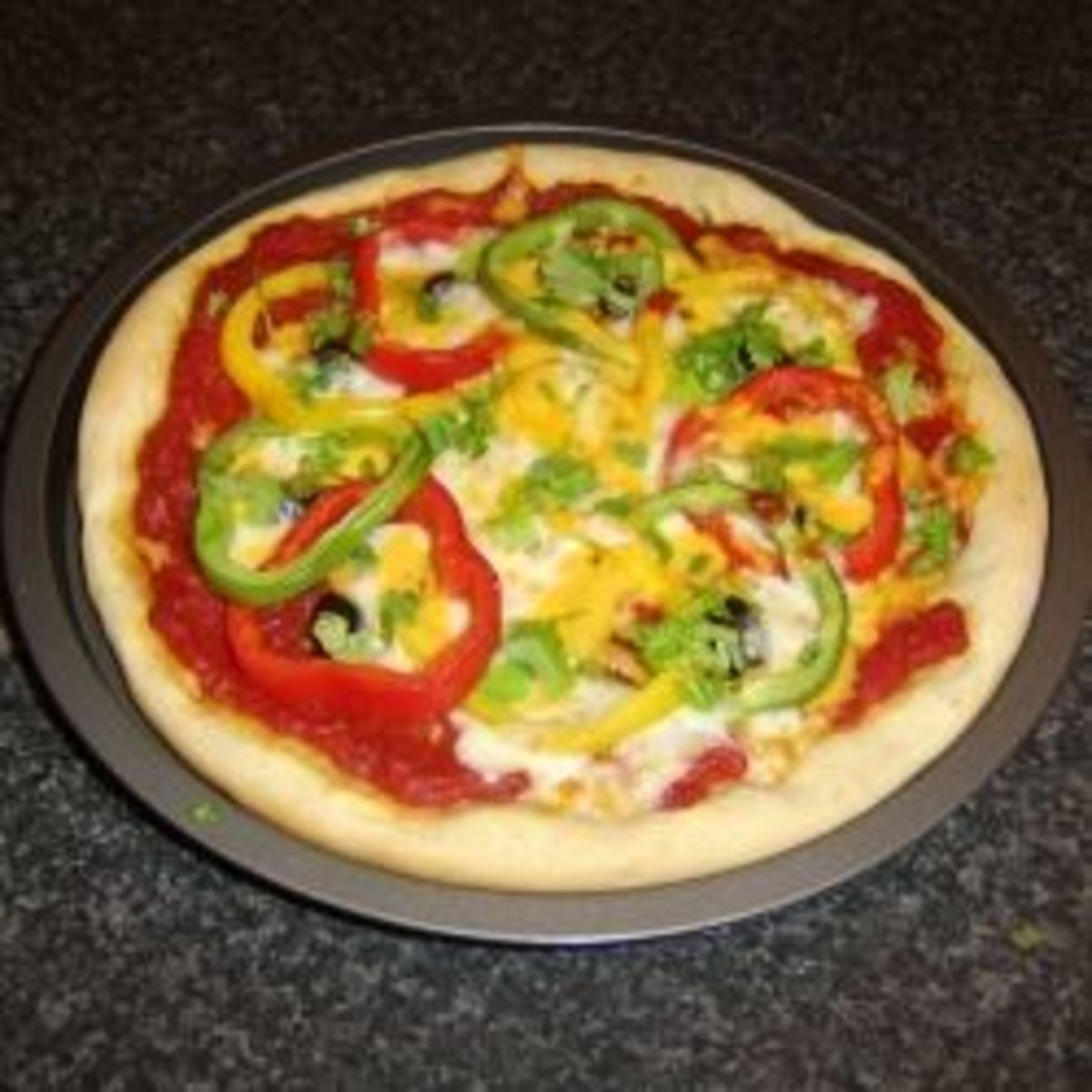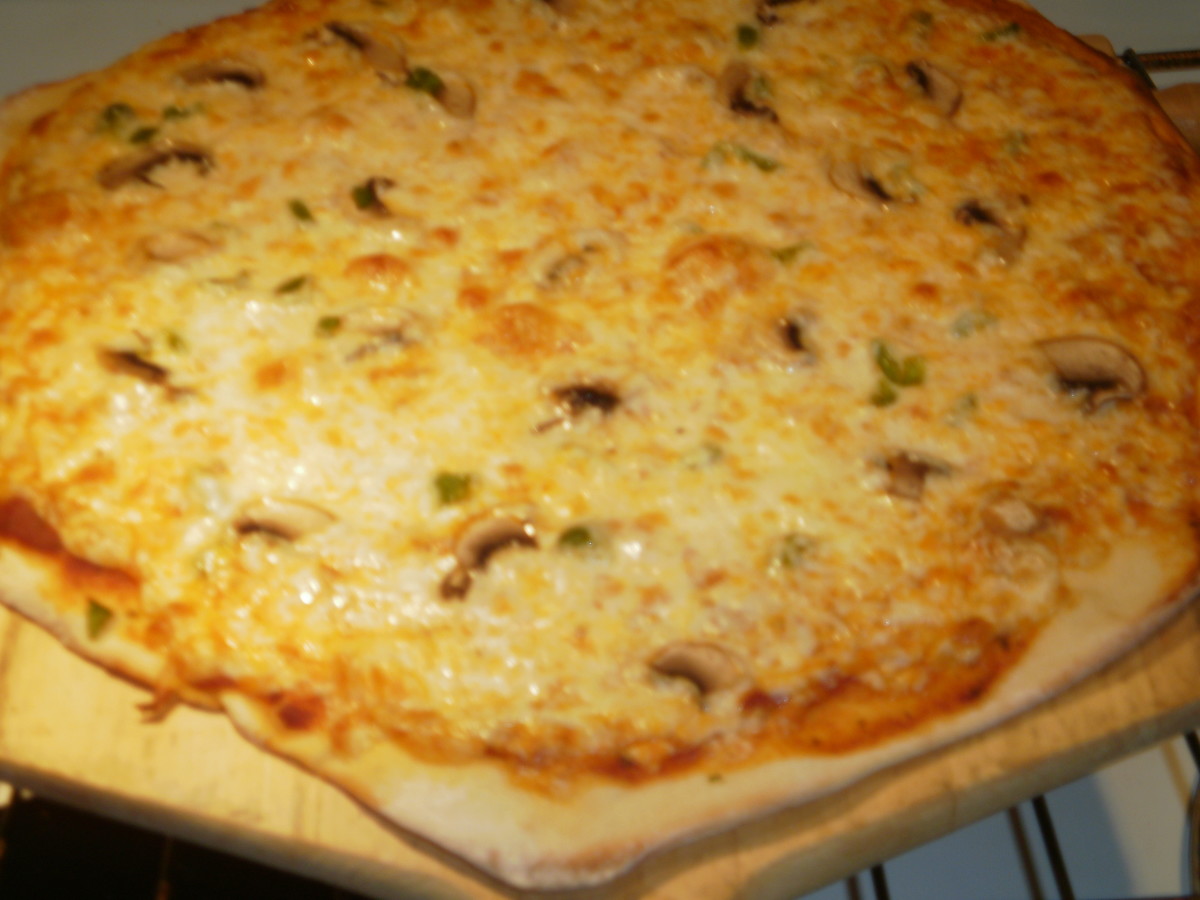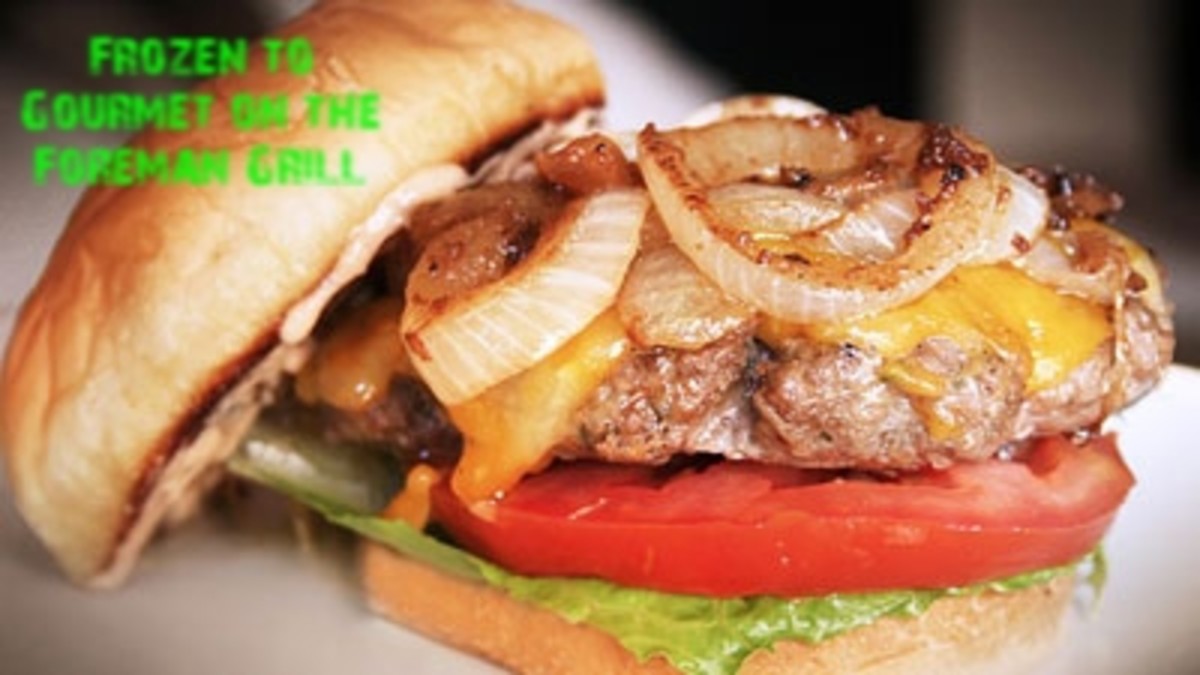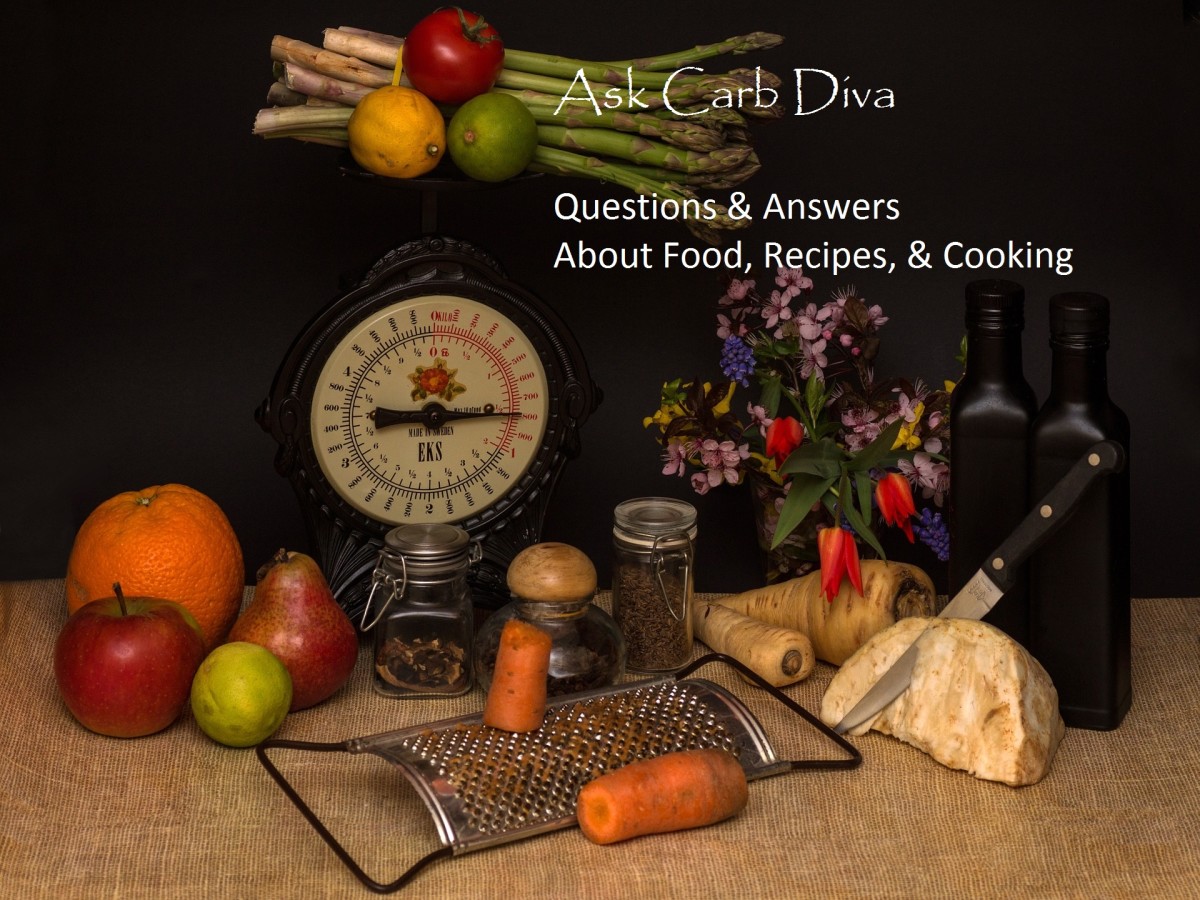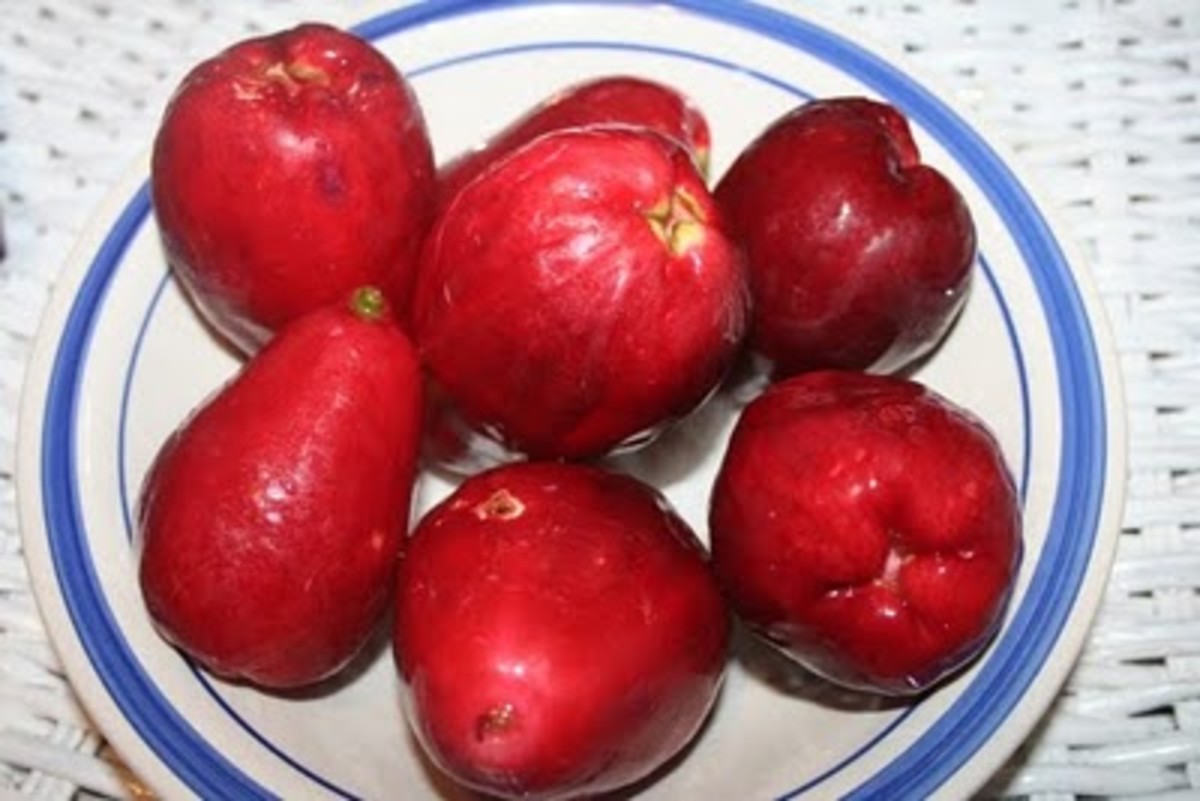How to prevent pizza dough from sticking
Making pizza at home can be very rewarding, however a major headache for many people is learning how to stop pizza dough from sticking to their pizza stone or pan. I’ve been making pizza at home for years and after a lot of trial and error, and reading the collective experience and wisdom of pizza bloggers everywhere, here is a collection of troubleshooting tips to help you stop pizza dough sticking:
Sticky pizza dough troubleshooting
Check your moisture content:
Many people try cooking pizza dough that has too much moisture content. If you are finding that your dough continually sticks, try making a drier dough, or using dough that has a thicker dusting of flour on it.
Preheat your stone:
Thoroughly preheat your oven and pizza stone. Your oven should be set as high as possible and your pizza stone left to pre-heat for at least 30 – 45 minutes to reach optimum temperature. If your pizza stone is not at a high temperature then the pizza dough is absorbed into the pizza stone rather than quickly forming a crust. This is probably the most fundamental rule to stop pizza dough sticking
Use Cornmeal:
Many people stop pizza dough sticking by using cornmeal or flour on their pizza bases. Others use a very light covering of olive oil.
Try using baking parchment:
Use baking parchment or a cookie sheet to slide your dough onto the hot pizza stone. Some people even prepare their pizza on parchment paper and then place the pizza on their baking stone with the paper left underneath (Whilst this will definitely stop pizza dough sticking, it does prevent one of the fundamental actions of a pizza stone which is to ‘wick’ moisture away from the base leaving it crispy.) Alternatively, you can try to slide the parchment paper out after a minute or two. Important – make sure you use good quality parchment paper that is suitable for baking – any other paper will likely stick irreversibly to your pizza base.
Ensure your dough is well kneaded:
Make sure you have kneaded your pizza dough long enough - it should have a very smooth and supple yet springy consistency. Smooth dough is less likley to stick than dough that still has a rough texture.
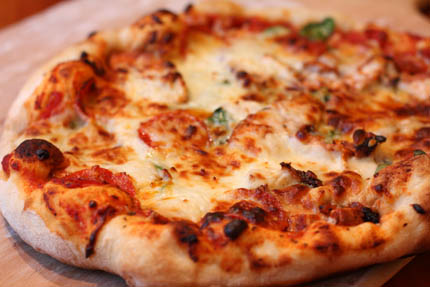
An EXO Super Peel in action
Season your Pizza Stone:
Ensure your pizza stone has been sufficiently ‘seasoned’. Prior to first use, a pizza stone needs to have a base layer of ‘stuff’ baked into it. Most instruction books advise to season your pizza stone by baking it on a moderate heat with a layer of flour, however some people find that the flour burns and instead have had greater success by covering the pizza stone with a very light covering of oil or something greasy and baking it. The oil will initially smoke however this will eventually stop and your stone will have the beginnings of a good seal on it. The best pizza pan or pizza stone is often one that you’ve had for years and that has a multitude of greasy floury stains baked into it – it won’t be pretty but it won’t stick!
Care for your pizza stone:
Only clean your pizza stone sparingly and never use detergent on it as the detergent can be absorbed into the stone, only to be released when cooking on it. Don’t expect your beautiful pizza stone to stay unblemished. My stone is almost black with a wide variety of baked-in stains and it is now essentially non-stick. If you do need to clean it then simply brush or scrape off any baked-on remnants and wipe down with a damp cloth.
Try using a PIzza Peel:
Use a pizza peel. A pizza peel is a purpose made ‘paddle’ on which you place your pizza before sliding off onto your pizza stone. A cookie sheet can be a good substitute. Roll or knead out your pizza base on a well floured bench before putting it onto a well floured peel – don’t roll out the dough on the peel as this increases the chance of it sticking. When the dough is on the peel, give it a ‘flick’ every so often to ensure it is not settling and beginning to stick. If you think that the dough is not going to stick to the peel then you can quickly add your toppings and slide the pizza onto your pizza stone. If you're concerned that the toppings may weigh down the base and make it difficult to slide off then you can wait to put your toppings on top the dough until after you have slid it from the peel to the pizza stone.
Have you had success with any of the techniques above? Perhaps you have a tip of your own? Why not add a comment below and share the knowledge! Buon Appetito!




